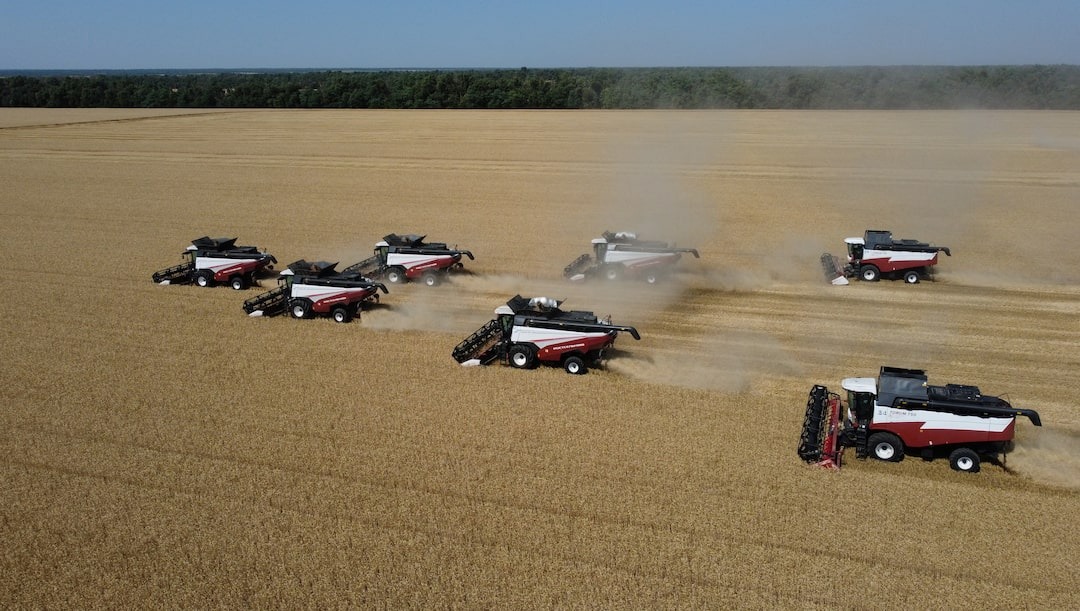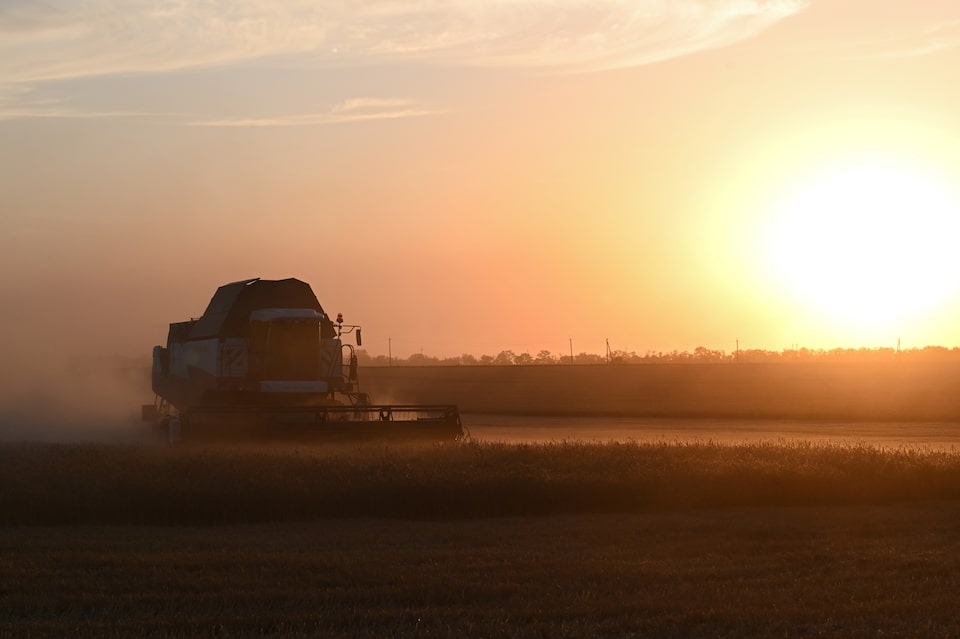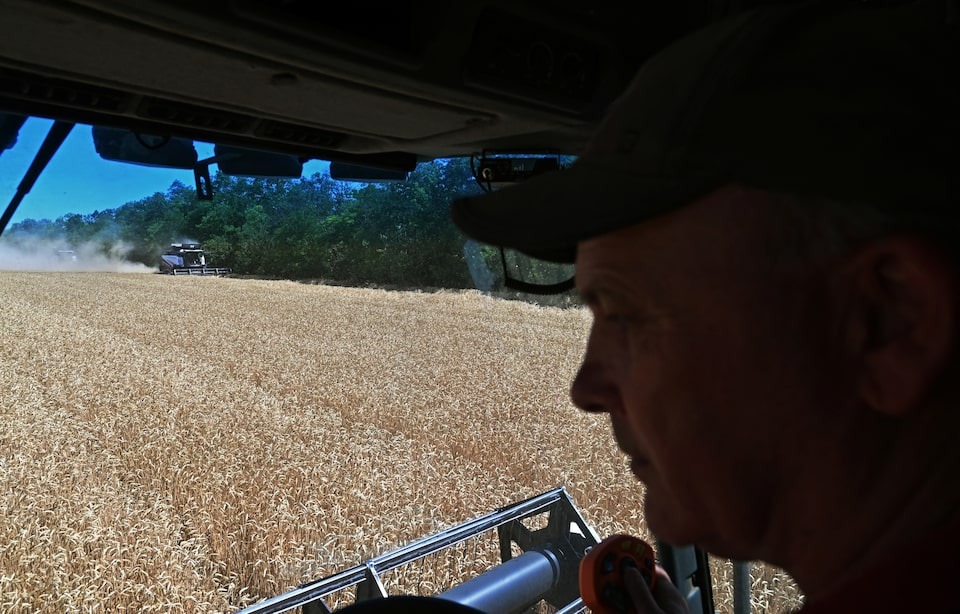Under the scorching sun and in temperatures reaching 50 degrees Celsius, farmers in Russia’s Rostov region are struggling to save their wheat harvest. This key grain-producing region, which contributed 11% of Russia’s total grain harvest last year, has seen its forecast slashed by 38% due to severe heatwaves, spring frosts, and floods.
The Russian agriculture ministry has maintained a grim forecast for the 2024 grain harvest, projecting it to reach 132 million tonnes, down 9% from 2023 and 16% from the record 158 million tonnes in 2022. Rostov’s decline to 10 million tonnes this year exemplifies the broader challenges facing Russian agriculture.

Sergey Sasunov, chief agronomist at the Rassvet farm in Rostov, reported that his farm’s harvest is only half of what it was last year. This dramatic drop is despite initial promising conditions post-winter. Extreme weather, particularly the blistering heat following spring frosts, has severely impacted the yield.

Russia, under President Vladimir Putin, has become the world’s leading wheat exporter. This success has been driven by significant state support despite Western sanctions on technology and equipment since the annexation of Crimea in 2014. The agricultural boom has transformed regions like Rostov, improving living standards and expanding cultivated fields.

However, global warming has introduced volatility to these southern regions, making harvests unpredictable. While northern areas are becoming more arable, extreme weather continues to disrupt traditional agricultural zones. In April, fears of reduced Russian output spiked global wheat prices, but these gains were mostly lost by June on hopes of better-than-expected Russian and U.S. yields.

The Russian agriculture minister, Oksana Lut, has identified drought as a major threat that could force further downward revisions of the harvest forecast. In Rostov, the lack of rainfall since March has compounded the damage from spring frosts, which destroyed early sprouts. At the Kirovsk Horse Farm, temperatures plummeted to minus 4-5 degrees Celsius in early May, devastating crops like corn and sunflower.

This poor harvest is likely to exacerbate Russian inflation, currently at 8.6%, driven by high state spending and wage growth in an overheating economy. Steppe, one of Russia’s largest agricultural firms, expects a 10% drop in its grain harvest across key regions, including Rostov.
Agriculture consultancy Sovecon predicts temperatures in major grain-producing areas will remain 2-6 degrees above normal in the coming weeks. Russia’s chief meteorologist, Roman Vilfand, warned of longer periods of extreme heat and more frequent floods and hurricanes in the future.
As deputy head of the Kirovsk Horse Farm Nikolai Cherkezov noted, agriculture is an “open-air workshop,” and constant record-breaking yields are unsustainable under the increasing threat of climatic extremes.
